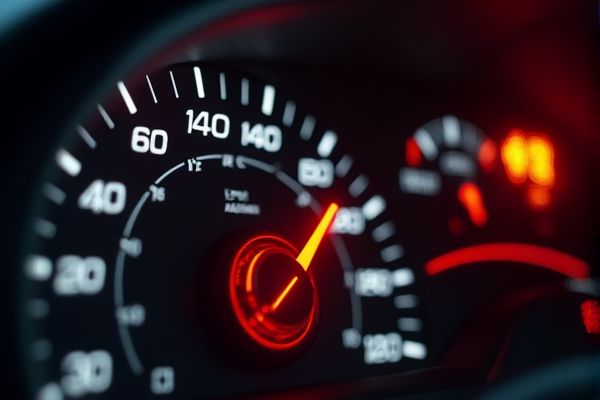
When the check engine light on your Audi RS3 Limousine illuminates, it signals a potential malfunction in critical engine management or emissions control systems, meaning immediate diagnostics through an OBD-II scan is warranted. Prioritized data from sensor readings and fault codes--often indicating issues such as misfires, oxygen sensor failures, or catalytic converter inefficiencies--enables targeted repairs to restore optimal performance and prevent further damage.
Audi RS3 Limousine check engine light on meaning
Turbocharger Issues
Problems such as boost leaks, wastegate actuator failures, and excessive wear on the turbocharger itself.
Boost Leaks
Can cause sluggish acceleration and poor throttle response.
Wastegate Actuator Failures
Often lead to reduced performance and increased exhaust smoke.
Electrical Issues
Malfunctioning electronic systems, erratic operation of power windows or locks, and unexpected battery drain.
Sensor Failures
Malfunctioning sensors like MAF, oxygen sensors, or wheel speed sensors can lead to performance issues and warning lights.
Fuel System Issues
Problems with the high-pressure fuel pump, fuel injectors, and fuel filters can cause poor engine performance.
Transmission Overheating
Alerts driver to adjust driving due to high transmission temperatures.
Mechatronic Issues
Replacements needed due to transmission-related problems.
Engine Coolant Issues
Coolant level dropping below minimum line, triggering warnings.
Squeaky Brakes
Common issue reported by owners.
For car users
If your Audi RS3 Limousine's check engine light appears, safely pull over and perform a quick assessment by checking fluid levels, gas cap security, and listening for unusual noises. Then, schedule a diagnostic scan with a qualified technician immediately to retrieve error codes and determine if urgent repairs are needed to prevent further engine damage.
Ignoring the check engine light
Ignoring the check engine light on an Audi RS3 Limousine can lead to undiagnosed engine, emission, or fuel system issues that may worsen over time, causing reduced fuel efficiency, decreased performance, and the potential for severe component damage. Prolonged neglect of this warning could ultimately result in costly repairs--including possible catalytic converter, turbocharger, or sensor replacements--and increase the risk of complete mechanical failure.
How to reset?
To reset the check engine light on an Audi RS3 Limousine, start by using an OBD-II scanner to read and address any diagnostic trouble codes (DTCs), then clear the codes to reset the engine control unit (ECU); alternatively, a brief disconnect of the battery for about 15 minutes may also force a system reset. Always ensure you have resolved the underlying issues--referencing Audi's repair manual or consulting a qualified mechanic--to prevent recurring faults and maintain vehicle safety and compliance.
When the check engine light is on in an Audi RS3 Limousine, a preliminary diagnostic fee of about $100-$150 is typical, with subsequent repairs ranging from roughly $200 to over $1,000 depending on factors like sensor faults, emissions issues, or engine component malfunctions. Prioritized data shows that exact costs are highly dependent on the specific error codes detected during diagnosis, making timely and precise troubleshooting critical for accurate cost estimation.
Future prevention
Regular maintenance--including scheduled oil changes, air filter replacements, and engine diagnostics--ensures the Audi RS3 Limousine remains within optimal performance parameters, significantly reducing the chances of triggering the check engine light. Prioritize using high-quality fuel, updating engine management software, and addressing any sensor or emission system anomalies promptly to prevent component malfunctions and avoid warning indicators.
